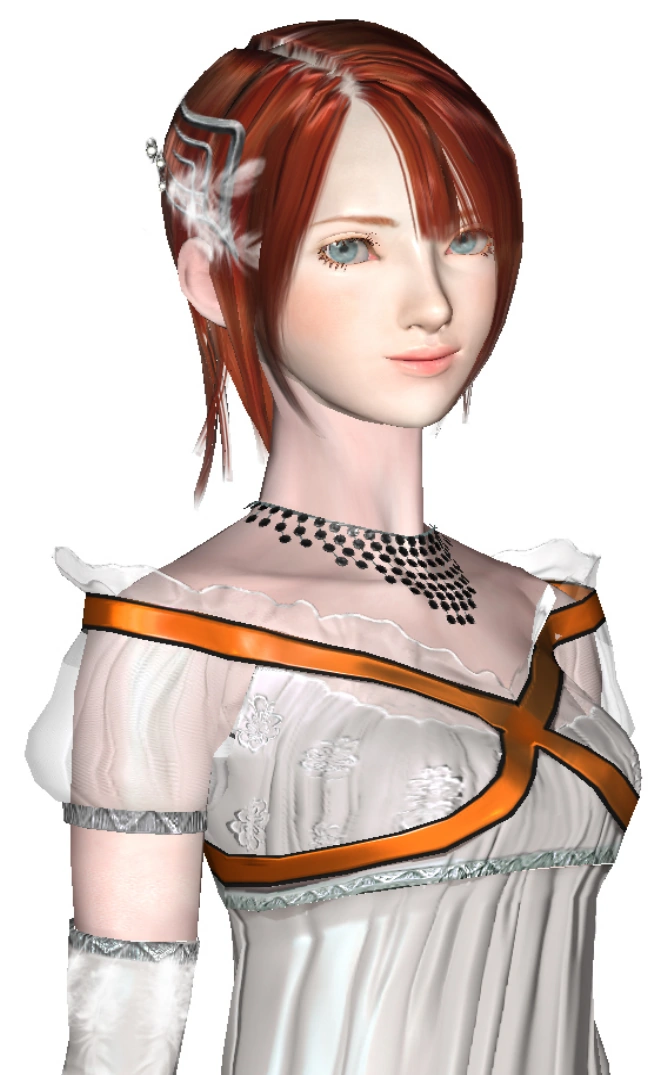Are Women Actually Beautiful?
It is not surprising that the chorus of philistines has risen to attack me for having “homosexual” views when I don’t join the mass modern delusion-fest in which woman is deified and then worshiped as supposedly “beautiful,” “kind,” “chaste,” and so on, when she is none of these things. It is one thing to see woman as a childlike toy for one’s amusement and pleasure, and to value her as a worthy piece of property, and as a vehicle for one’s posterity. It’s something else to fool yourself about her true bestial nature in the way modern man does and to turn her into the definition of virtue that, as some moron socons would have it, “tames” man’s impulses! Disgusting!
I say modern because, even though such an attitude may have some remote origin in chivalry, in medieval Teutonic attitudes (that Schopenhauer mocks) and in Christianity, it’s been taken to an absurd degree by modern man who is, not coincidentally, also soft, incontinent, fat, effeminate, commercial, and unable to defend himself, and who witnesses the spectacle of a “homosexual lifestyle” enshrined into law. But he turns around and preaches to the classical Greek, to the Florentine, and to a certain philosophical tradition, that it is “faggot.” This is gyno-worship combined with democratic vulgarity.
This isn’t to say that all pre-modern men would have agreed with my position, but it is the argument of German aesthetic philosophy and to be found in Kant, Winckelmann, Schopenhauer, and a philosophical-artistic tradition, not in homosexual propaganda, which actually takes the opposite point of view. It also depends on the distinction between sexual passion and aesthetic contemplation, which I made clear in the original post, and Basil focused on, and which shows the philistine “you’re a homo” argument for what it is.
Now, since the question of the male physical form comes up, this can indeed be available for aesthetic contemplation, where the female form cannot. And you would see this if you managed to consider both apart from sexual thoughts and without shame. The female’s body supposed beautiful and stylish “curves” are actually extremely rare in nature, as I said: the female body tends to be amorphous and pudgy. The nudes in Ingres’ paintings (which are pretty because of cosmetic tricks),

are more common and natural than the “gym” bodies of modern women that actually tend to approximate the bodies of adolescent boys. Besides being amorphous (and all the unappealing things Schopenhauer said about it too) the female body is also vulgar and ugly because it is so utilitarian–and this, again, is not a homosexual argument, but one drawn from the philosophical tradition I’m talking about. The major features of the female body such as the breasts, the broad hips, and so on, are grossly utilitarian, and represent woman’s subservience to animal nature, and to necessity, her unfreedom. By contrast, a man who is physically fit has an aesthetically appealing body with well-defined features. It is not amorphous and pudgy, it has distinct features that can be mathematically encoded in certain ratios. More important, the male body as is shown in Classical Greek and some Renaissance Italian sculpture is not enslaved to utility. Take something famous like the David, it shows physical liberty and it is not bound to necessity. It points the way to the freedom of spirit and intellect, and it is full of metaphysical energy: in the highest cases, like that of the Apollo Belvedere, the head seems entirely free from the body and its needs, the body appears only as a manifestation of the intellect’s freedom from gross willfulness and necessity.
This is why peoples in their energetic, philosophical stage of culture favored representations of the male body, not the female. The Classical Greeks had almost no interest in representing the nude female, but as soon as they entered a decline and their culture became cosmopolitan, commercial, Hellenistic, then the female nude became far more common (and the male nude statues also change in physique). This is also why you see in philosophical, spiritual Florence a desire to represent the nude male form, whereas commercial, mercantile, materialist Venice preferred to show the nude female form, for example in Titian’s famous paintings,
See also, e.g, Giorgione’s Venus and others. Mercantile, materialistic peoples prefer to show the voluptuous female form because it is a concrete representation of their enchainment to brute nature.
But of all these, the modern man is the worst, and I don’t mean to slander Venice or some of the other things I mentioned on the “female” side of the balance by comparing them to the slavish, mediocre, blind and wretched spectacle of the modern male and his fat queen wife.
-Bronze Age Pervert






















